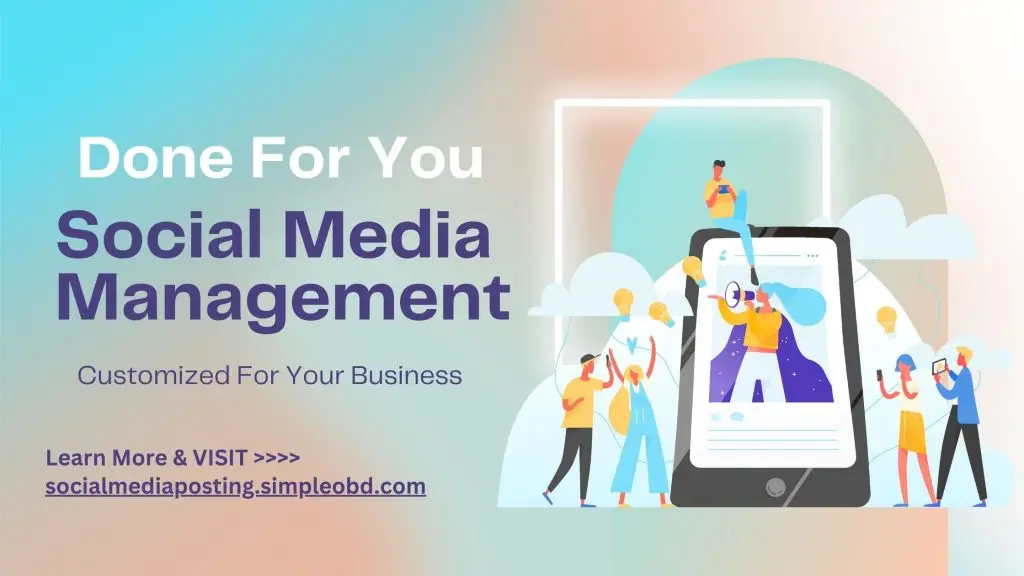Creating engaging content is key to building a strong online presence. Whether you’re a small business owner or a content creator, finding new and exciting ways to connect with your audience can make a big difference. Here are 10 easy content creation ideas to help you boost your engagement and keep your followers coming back for more.
Key Takeaways
- Behind-the-scenes looks can make your audience feel more connected to your brand.
- Sharing customer stories and testimonials can build trust and showcase your product’s value.
- Regular product updates keep your audience informed and interested.
- Contests and giveaways are great for increasing engagement and attracting new followers.
- Live videos allow for real-time interaction and can make your audience feel more involved.
1. Behind-the-Scenes Looks
Ever wondered what goes on behind the curtain? Sharing behind-the-scenes content gives your audience a peek into the inner workings of your business. This type of content makes your brand more relatable and builds trust with your audience.
Here are some ideas to get you started:
- Show your workspace: Give a tour of your office or creative space.
- Introduce team members: Let your audience meet the people behind the brand.
- Highlight your production process: Show how your products are made or how your services are delivered.
People love seeing the human side of brands. It makes your business feel more authentic and approachable. Plus, sharing both the challenges and accomplishments you encounter can create a deeper connection with your audience.
Behind-the-scenes content is a fantastic way to engage your audience and make them feel like they’re part of your journey.
2. Customer Stories and Testimonials
Sharing customer stories and testimonials is a fantastic way to build trust and show the value of your products or services. Real-life experiences from satisfied customers can be incredibly persuasive for potential buyers who are on the fence.
Why They Matter
Customer stories and testimonials provide social proof. When people see that others have had positive experiences with your brand, they are more likely to trust you. This can be especially powerful if you highlight specific benefits that your customers have enjoyed.
How to Collect Them
- Ask for Feedback: Reach out to your happy customers and ask them to share their experiences. You can do this through email, social media, or even in person.
- Make It Easy: Provide a simple way for customers to leave their testimonials. This could be a form on your website or a quick survey.
- Showcase Them: Once you have collected testimonials, make sure to showcase them prominently on your website and social media channels.
Tips for Effective Testimonials
- Be Specific: Highlight specific benefits or features that your customers loved.
- Use Visuals: If possible, include photos or videos of your customers using your product.
- Keep It Authentic: Genuine feedback is more relatable and trustworthy.
Sharing customer stories not only builds trust but also creates a sense of community around your brand.
Incorporating customer stories and testimonials into your content strategy can significantly boost your engagement and help you connect with your audience on a deeper level.
3. Product Updates
Keeping your audience in the loop with product updates is a fantastic way to maintain engagement. Regular updates about new features, improvements, or upcoming releases can keep your followers excited and informed.
Creative Product Photos
Try getting creative with fun and new ways to photograph your product. Show products or services being used, play with backgrounds, or group them in a new way. Use visuals that stand out while still blending with your brand.
Engaging Product Videos
Take advantage of this very effective medium by sharing videos about your product or service. For example, show how something works, highlight a new or soon-to-be-released feature, or create an animated reel of tips and tricks.
Live Videos for Real-Time Interaction
Video posts are great, but live videos can result in even higher user engagement. Consider hosting live videos on Facebook Live or Twitter Live for launch events, product previews, and demonstrations.
Ask Questions
Get your followers talking and engaging with you and each other by asking a question—one that can’t be answered with a yes or no. These could be just for fun, related to current events in your industry, or used to gather opinions about new products or features. Share some of the responses in subsequent posts!
Keeping your audience updated about your products not only informs them but also builds anticipation and excitement around your brand.
Use Graphics
Infographics are excellent attention grabbers that can serve a variety of purposes; you might create them as step-by-step guides, to illustrate market research, or to highlight sales results. Or, perhaps you have website or blog graphics that are perfect for the post you’re planning. For vertical graphics like infographics, try Pinterest for its vertical-friendly format, or divide infographics into multiple images and publish them in an Instagram carousel post.
4. Contests and Giveaways
Contests and giveaways are fantastic ways to boost engagement on social media. They create excitement and encourage people to interact with your brand. Running a giveaway doesn’t have to be expensive; the key is to be creative and make it fun.
Here are some tips to get started:
- Choose a Relevant Prize: Make sure the prize is something that your target audience will love. It doesn’t have to be costly, but it should be relevant to your business.
- Set Clear Rules: Clearly outline how people can enter the contest and what they need to do to win. This helps avoid confusion and ensures a smooth process.
- Promote Your Contest: Use all your social media channels to spread the word. Encourage participants to share the contest with their friends and family to increase reach.
- Engage with Participants: Respond to comments and questions about the contest. This shows that you care and are actively involved.
Contests and giveaways always get a lot of buzz on social media. If you are giving away something, just make sure it is something specific to your business or area that only your target customer will be interested in.
By following these tips, you can increase engagement with social media giveaways and liven up your social profiles with sweepstakes and contests!
5. Live Videos
Live videos are a fantastic way to connect with your audience in real-time. They offer a unique opportunity to engage directly with your followers, answer their questions, and showcase your brand’s personality. Live videos can result in even higher user engagement compared to pre-recorded content.
Here are some ideas to get you started with live videos:
- Product Launches: Announce new products and demonstrate their features live.
- Q&A Sessions: Answer questions from your audience to build trust and rapport.
- Behind-the-Scenes: Show what goes on behind the scenes at your company.
- Live Events: Stream live from events, giving your audience a front-row seat.
Video marketing is a powerful tool for businesses to enhance brand visibility and engagement. By incorporating live videos into your content strategy, you can create a more interactive and engaging experience for your audience.
6. User-Generated Content

User-generated content (UGC) is a fantastic way to boost engagement and build a community around your brand. Encouraging your customers to share their own content related to your products or services can provide social proof and make your brand more relatable.
Benefits of User-Generated Content
- Authenticity: UGC is seen as more genuine and trustworthy because it comes from real customers.
- Engagement: People love to see their content shared by brands they follow, which can increase engagement and loyalty.
- Cost-Effective: It’s a budget-friendly way to get high-quality content without having to create it all yourself.
How to Encourage User-Generated Content
- Create a Branded Hashtag: Encourage your followers to use a specific hashtag when they post about your products. This makes it easy to find and share their content.
- Run Contests and Giveaways: Offer prizes for the best user-generated content. This can motivate more people to participate.
- Feature Customer Stories: Share testimonials, reviews, and photos from your customers on your social media and website.
- Ask for Feedback: Invite your audience to share their opinions and experiences with your products. This not only generates content but also provides valuable insights.
User-generated content not only helps you gather valuable insights and feedback but also fosters a sense of community and builds brand loyalty.
Examples of User-Generated Content
- Photos and Videos: Encourage customers to share photos or videos of them using your products.
- Reviews and Testimonials: Share positive reviews and testimonials from your customers on your social media and website.
- Social Media Posts: Repost and share content from your followers that features your products.
By leveraging user-generated content, you can create a more engaging and authentic brand presence that resonates with your audience.
7. Collaborate with Influencers
Partnering with influencers can be a game-changer for your brand. Influencers already have a dedicated following that trusts their recommendations. By collaborating with them, you can tap into their audience and significantly expand your reach.
Why Collaborate with Influencers?
- Increased Reach: Influencers have a large and engaged audience. When they share your content, it reaches more people than you could on your own.
- Trust and Credibility: Followers trust influencers’ opinions. A recommendation from an influencer can boost your brand’s credibility.
- Cost-Effective: Collaborating with micro-influencers (those with a smaller but highly engaged following) can be more affordable and still very effective.
Steps to Collaborate with Influencers
- Identify the Right Influencers: Look for influencers whose audience aligns with your target market. Ensure their values match your brand’s values.
- Reach Out: Send a personalized message explaining why you want to collaborate and how it can benefit both parties.
- Plan the Collaboration: Decide on the type of content you want to create together. It could be a blog post, a social media takeover, or a product review.
- Track Results: Use analytics to measure the success of the collaboration. Look at metrics like engagement, reach, and conversions.
Collaborating with influencers can transform your social media marketing strategy. It’s a powerful way to boost your brand’s visibility and engagement.
Remember, the key to a successful collaboration is finding the right influencer who resonates with your brand and audience.
8. Infographics
Infographics are a fantastic way to present complex information in a simple, visual format. They can make data more engaging and easier to understand. People love sharing infographics, which can help your content reach a wider audience.
Here are some tips for creating effective infographics:
- Keep it simple: Don’t overload your infographic with too much information. Focus on key points and make sure the design is clean and easy to follow.
- Use visuals: Incorporate icons, charts, and images to make your infographic visually appealing. Visuals can help break up text and make the information more digestible.
- Tell a story: Structure your infographic in a way that tells a story. Start with an introduction, present the main points, and end with a conclusion or call to action.
- Be accurate: Ensure all the data and information you include are accurate and up-to-date. Credibility is key to building trust with your audience.
- Brand it: Include your logo and use your brand colors to make your infographic recognizable. This helps in building brand awareness.
Infographics are not just about making things look pretty. They are a powerful tool to convey information quickly and effectively. When done right, they can significantly boost your engagement and help your audience understand your message better.
Creating infographics might seem daunting at first, but with tools like Canva or Piktochart, you can easily design professional-looking infographics even if you’re not a graphic designer. So, start incorporating infographics into your content strategy and watch your engagement soar!
9. Case Studies
Case studies are a fantastic way to show your audience the real-world impact of your products or services. They provide detailed examples of how your business has helped customers solve problems or achieve their goals. Case studies can be incredibly persuasive because they offer concrete evidence of your success.
Why Use Case Studies?
- Build Trust: By showcasing real-life examples, you can build trust with potential customers.
- Highlight Success: They allow you to highlight the success stories of your clients, making your business look more credible.
- Provide Proof: Case studies serve as proof that your products or services work as advertised.
How to Create a Compelling Case Study
- Identify a Success Story: Choose a customer who has had a significant positive experience with your product or service.
- Gather Data: Collect data and testimonials from the customer to support the story.
- Write the Story: Craft a narrative that outlines the problem, the solution you provided, and the results.
- Use Visuals: Include charts, graphs, or tables to make the data more digestible.
- Share Widely: Publish the case study on your website, social media, and other marketing channels.
Case studies are not just about telling a story; they are about showing the impact of your work. They can be a powerful tool in your marketing arsenal.
For example, in the article "7 content marketing case studies that created real impact," companies like Marvel and Walmart have used case studies to demonstrate their success. This approach can be incredibly effective in convincing potential customers of your value.
10. Local Events Coverage
Covering local events is a fantastic way to connect with your community and show that your business is engaged and supportive. Highlighting local events can also attract more local customers who appreciate businesses that are involved in their area.
Why Cover Local Events?
- Builds Community Ties: When you cover local events, you show that you care about what’s happening in your community. This can build stronger ties with local customers.
- Increases Engagement: People love to see content about events they attended or are interested in. Sharing photos, videos, and stories from local events can boost your engagement.
- Boosts Visibility: By covering local events, you can get your business name out there. People who might not have heard of your business before will see your content and become more aware of your brand.
How to Cover Local Events
- Attend and Participate: Go to local events and take part. Whether it’s a fair, a charity run, or a community meeting, being there in person makes a big difference.
- Create Engaging Content: Take photos, shoot videos, and write about your experiences. Share this content on your social media and website to keep your audience updated.
- Collaborate with Organizers: Work with event organizers to get exclusive content or behind-the-scenes access. This can make your coverage more interesting and unique.
- Promote Upcoming Events: Let your audience know about upcoming events. This not only helps the event organizers but also positions your business as a go-to source for local happenings.
Covering local events is not just about promoting your business; it’s about being a part of the community. When you show that you care about local events, your audience will see you as more than just a business—they’ll see you as a community partner.
Tips for Effective Event Coverage
- Be Timely: Post your content as soon as possible after the event to keep the excitement alive.
- Engage with Your Audience: Ask your followers to share their own photos and stories from the event. This can create a sense of community and increase engagement.
- Use Relevant Hashtags: Use local hashtags to reach a broader audience and connect with people who are interested in the event.
Covering local events is a simple yet powerful way to boost your engagement and show your community spirit. Get out there, participate, and share your experiences!
Conclusion
Creating engaging content doesn’t have to be a daunting task. With these 10 easy ideas, you can spice up your content strategy and keep your audience coming back for more. Remember, the key is to be consistent, authentic, and creative. Whether you’re sharing behind-the-scenes looks, customer stories, or running fun contests, there’s always a way to connect with your audience. So, start experimenting with these ideas and watch your engagement soar. Happy content creating!
Frequently Asked Questions
What are some effective content ideas to boost engagement?
You can try behind-the-scenes looks, customer stories, product updates, contests, live videos, user-generated content, collaborations with influencers, infographics, case studies, and local events coverage.
Why are behind-the-scenes looks beneficial for engagement?
They give your audience a glimpse into your business operations, making them feel more connected and involved.
How can customer stories and testimonials help my business?
They build trust and show the real-life value of your products or services, which can attract more customers.
What should I include in product updates?
Share information about new offerings, special deals, and improvements to keep your followers informed and excited.
How do contests and giveaways increase engagement?
They attract new followers and encourage current ones to interact with your brand for a chance to win, boosting visibility and engagement.
What are the benefits of using live videos?
Live videos allow you to interact in real-time, answer questions, and provide demonstrations, making your audience feel more connected to your brand.
Why is user-generated content important?
It provides social proof and helps build a community around your brand as customers share their own experiences and content.
How can I effectively collaborate with influencers?
Choose influencers whose values align with your brand. Their recommendations can help you reach a broader audience and build trust.
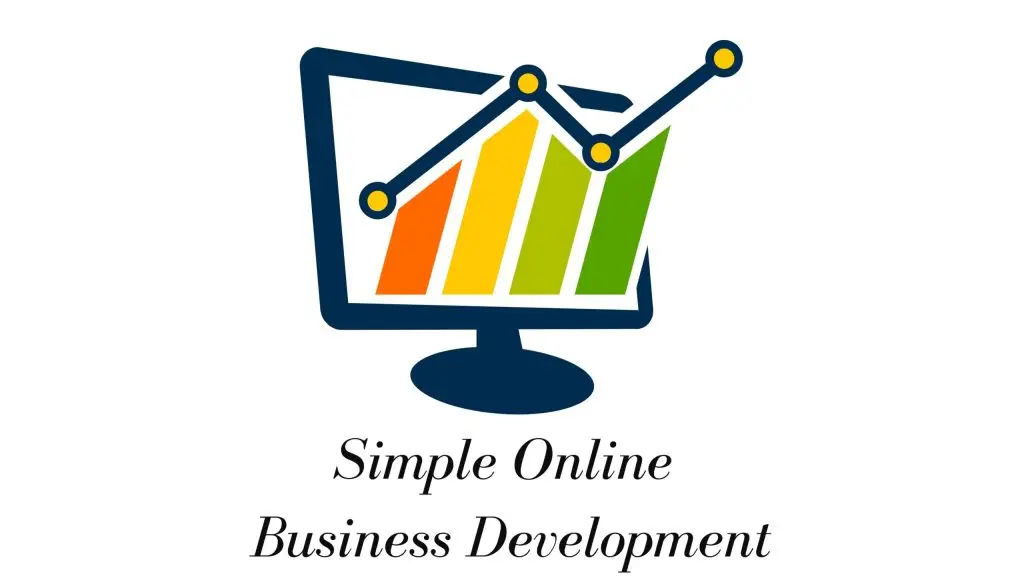


























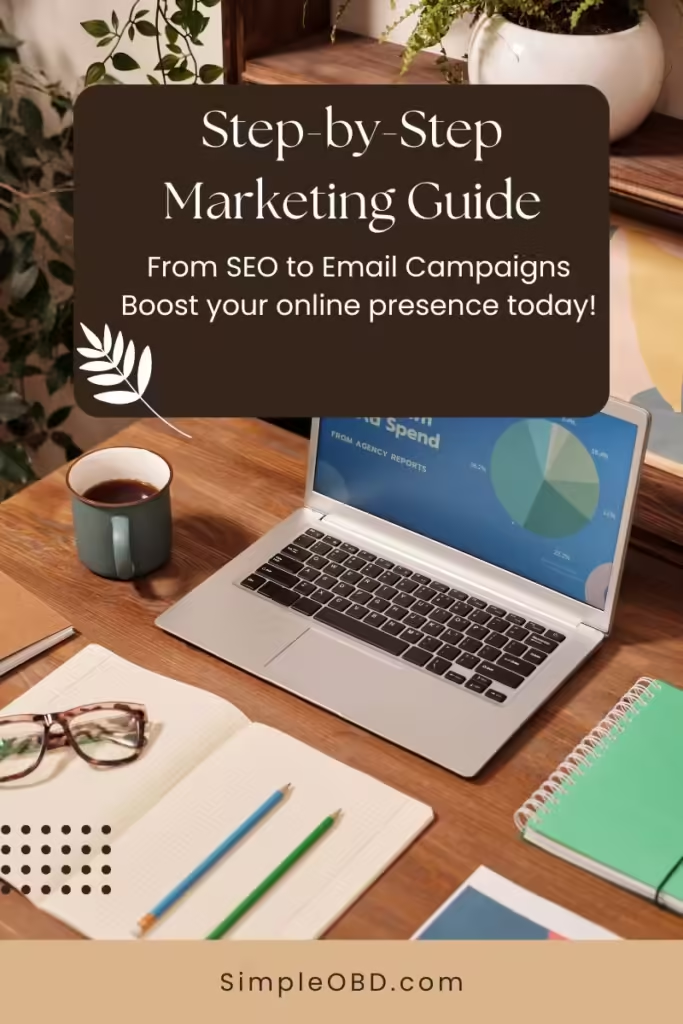



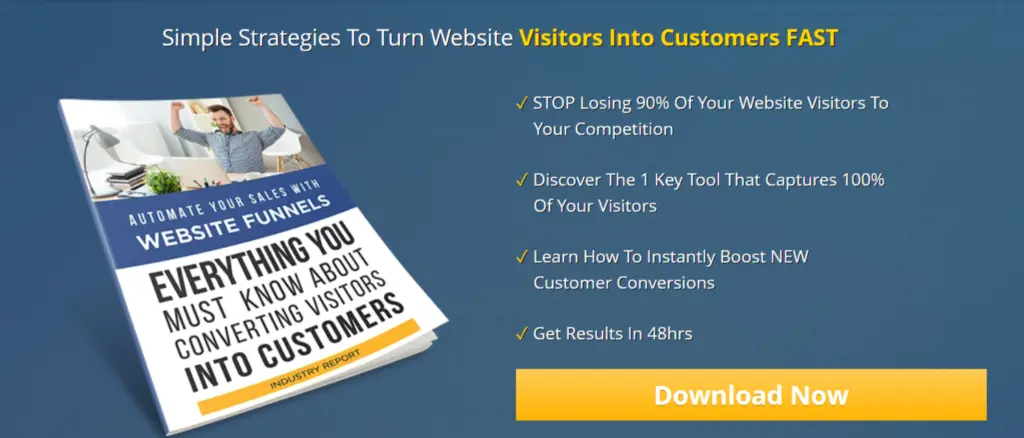

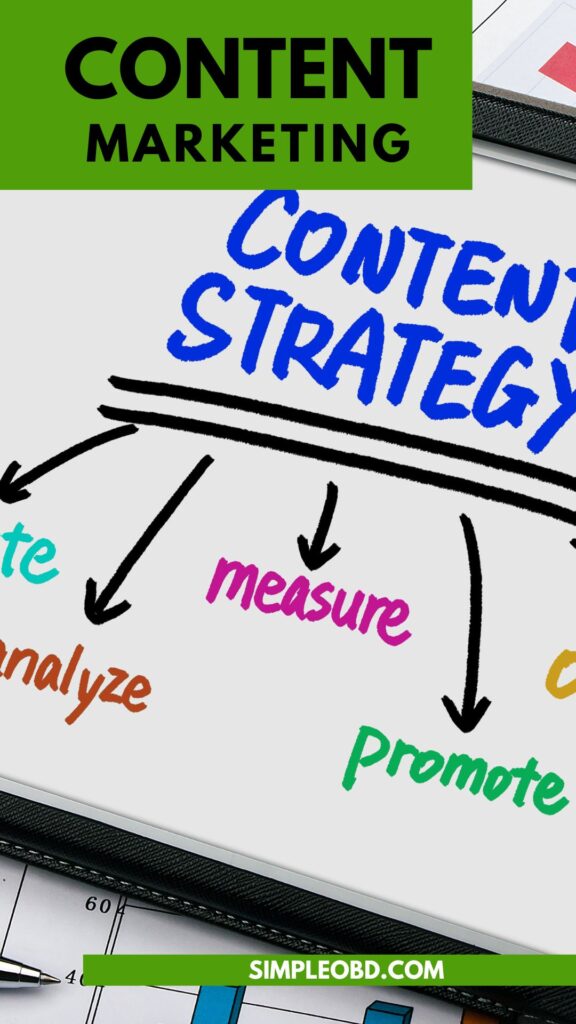

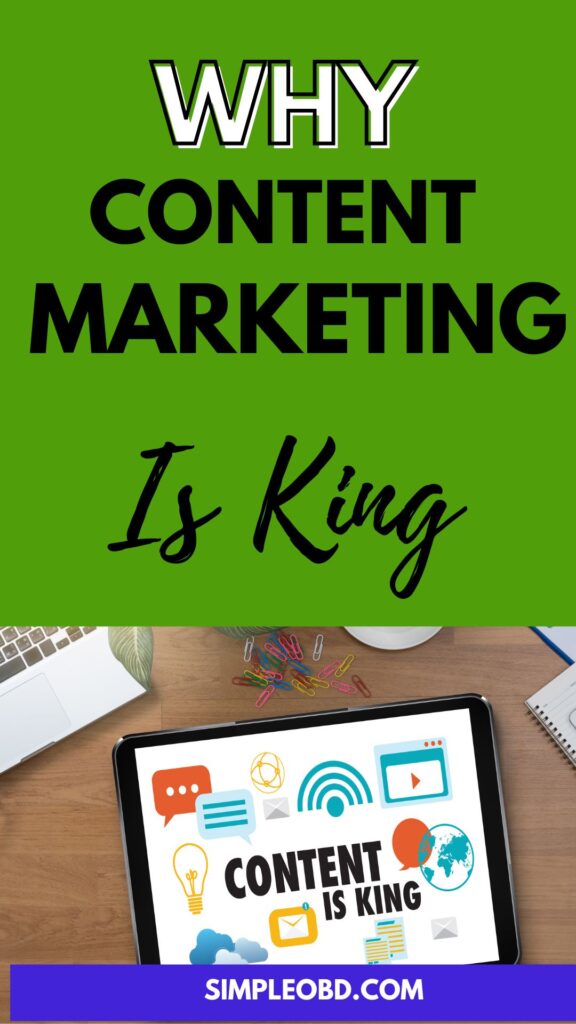
























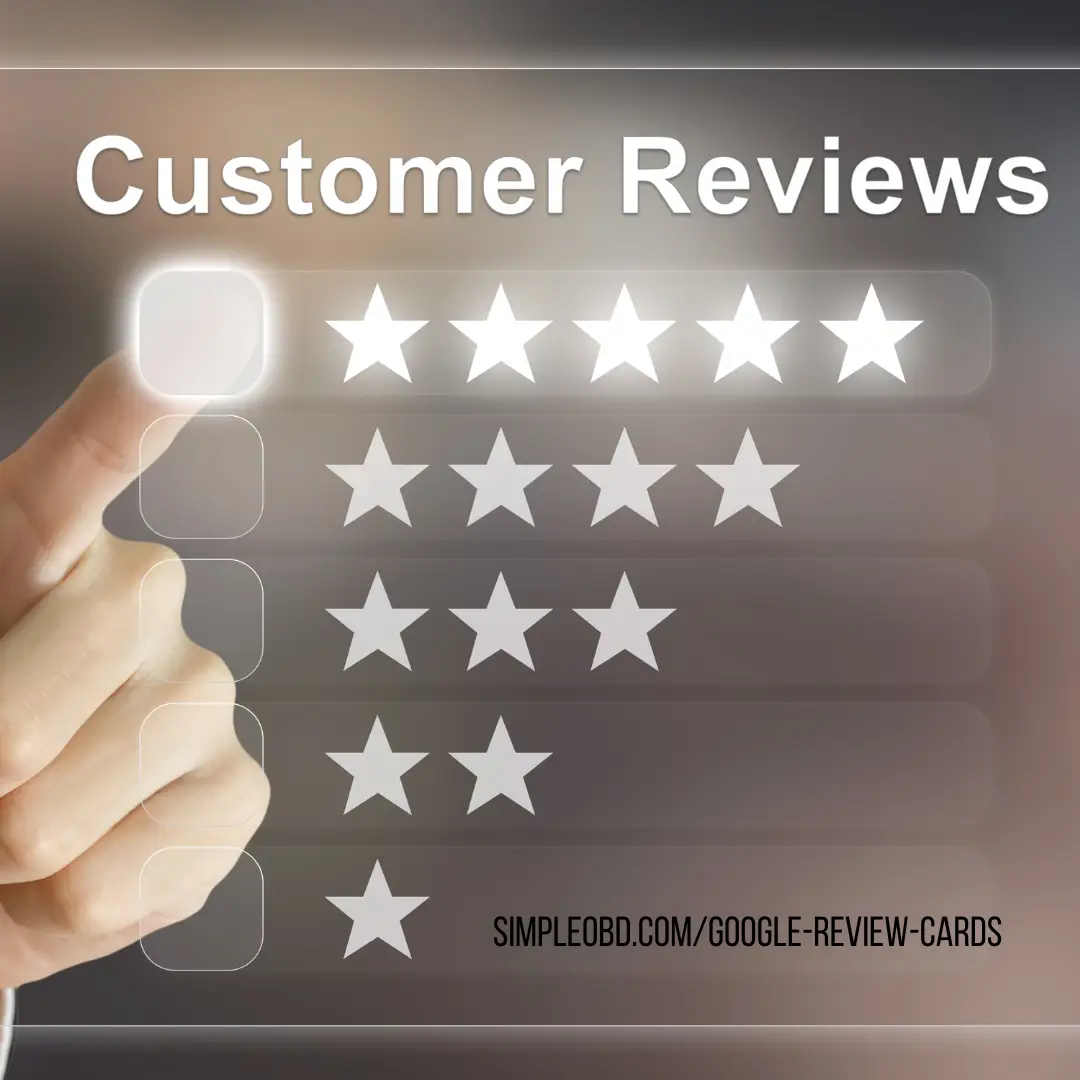
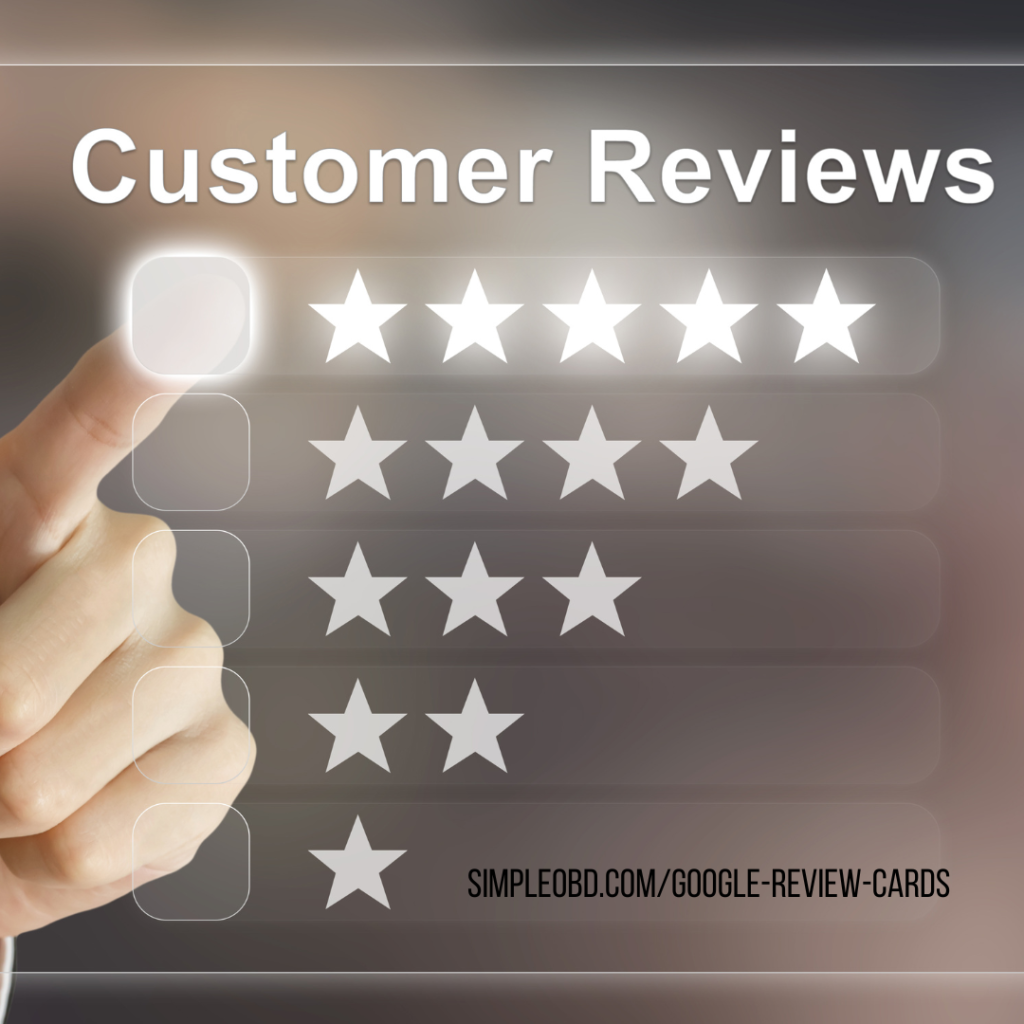 In today’s digital age, online reviews play a critical role in shaping a business’s reputation. As a business owner, you’ve probably encountered the frustration of dealing with spam reviews on your Facebook page. Or any business page for that matter.
In today’s digital age, online reviews play a critical role in shaping a business’s reputation. As a business owner, you’ve probably encountered the frustration of dealing with spam reviews on your Facebook page. Or any business page for that matter.





